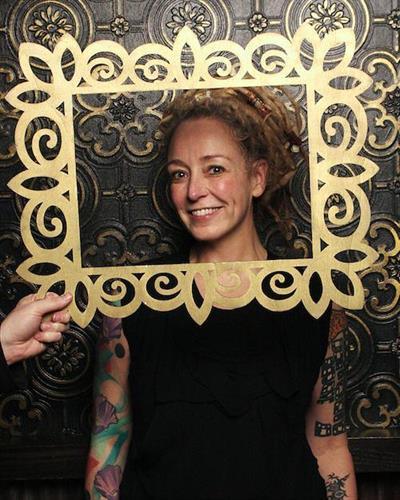Research/Areas of Interest
Medieval art and architecture; early Ireland, Britain, and Scandinavia; portable arts; medieval materiality
Education
- PhD, Institute of Fine Arts, New York University, United States, 2003
- MA, Institute of Fine Arts, New York University, United States, 1995
- BA, University of Illinois - Chicago, United States, 1991
Biography
The early focus of my research was medieval Ireland, especially the ways that the 8th to 14th centuries looked back to earlier times – whether pre-Christian or early Christian – to construct a visually recognizable "golden age." My first book, Sacral Geographies (Brepols, 2012), focuses on how kings, churchmen, and other influential patrons shaped the cult of the saints at the same time they shaped the kingdoms and narratives of medieval Ireland. One of the research interests that developed during this work is the "long histories" of objects: reliquaries for example, that were made originally in the 7th century, and then refashioned in the 8th, 10th, 12th, and 14th centuries. Rather than just as "medieval," we should understand these objects as implicated in history and art history over centuries. My new book project, Broken Things, takes up these trans-temporal issues through objects such as the 14th-century images of Anglo-Saxon saints, and a 12th-century Welsh shrine that was rebuilt in the mid-20th century.
In 2010, I co-founded the Material Collective, a collaborative of (mostly) medieval art historians dedicated to interdisciplinarity (especially with artists, curators, and scientists), experimental scholarship, and activism within academia. We have over 600 members on our Facebook group, and an active blog as well as a regular presence at conferences and in art historical organizations. Individually and collectively we have published online and in open-access publications, and are involved in several ongoing digital initiatives. My work with the Material Collective is grounded not only in critical theory such as object-oriented ontology and new materialism, but also in an abiding interest in objects: their properties, circulations, fabrications, and sensoria as much as their representations, instrumentalization, patronage, and politics.
In 2010, I co-founded the Material Collective, a collaborative of (mostly) medieval art historians dedicated to interdisciplinarity (especially with artists, curators, and scientists), experimental scholarship, and activism within academia. We have over 600 members on our Facebook group, and an active blog as well as a regular presence at conferences and in art historical organizations. Individually and collectively we have published online and in open-access publications, and are involved in several ongoing digital initiatives. My work with the Material Collective is grounded not only in critical theory such as object-oriented ontology and new materialism, but also in an abiding interest in objects: their properties, circulations, fabrications, and sensoria as much as their representations, instrumentalization, patronage, and politics.
